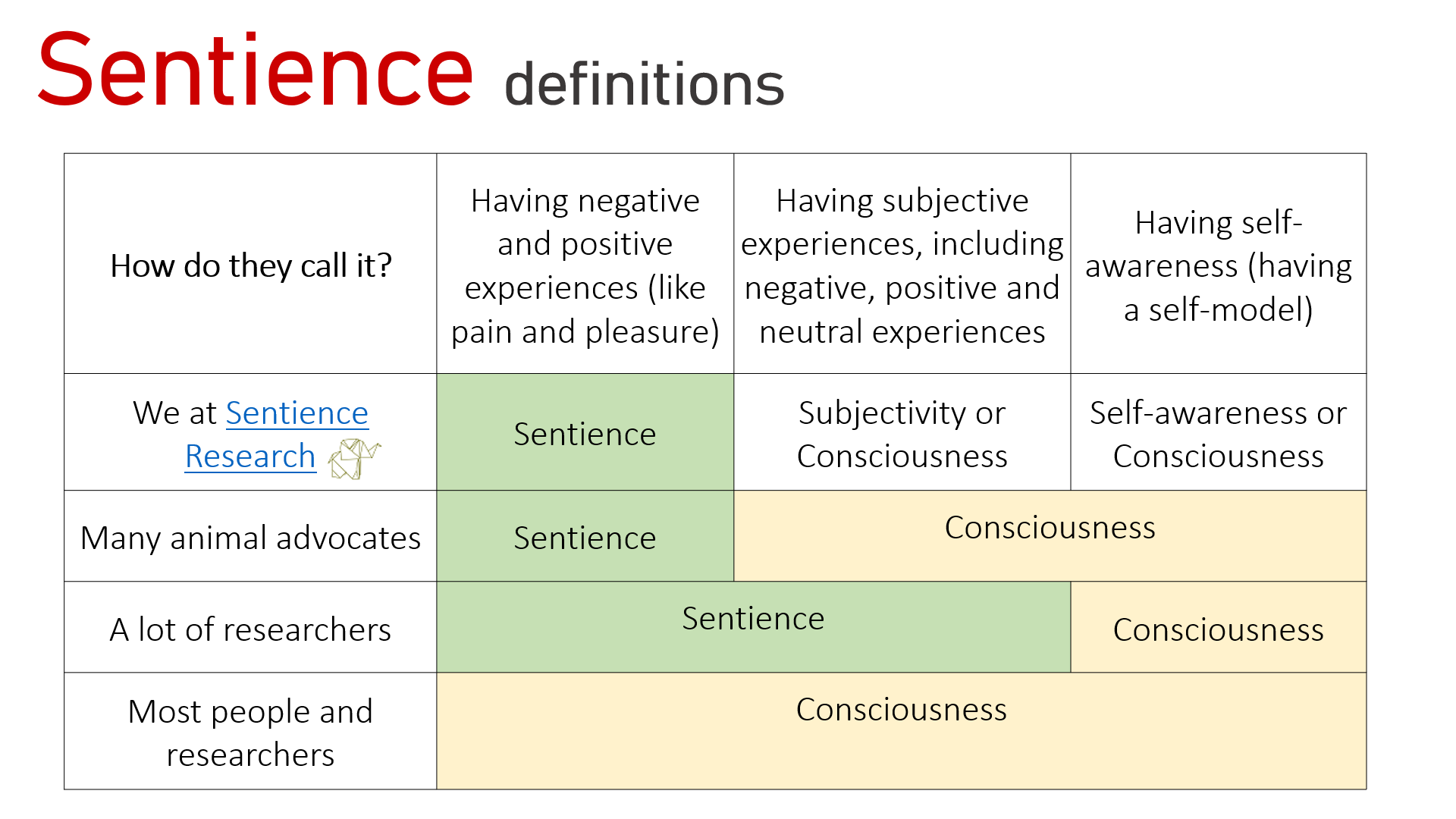

A machine Intelligence Explosion might not turn out well for humanity. Much recent criticism of transhumanism has focused on the hazards of artificial intelligence – whether weaponised AI or the inadvertent risks of “summoning the Demon”. However, critics highlight how gene drives could also be used by biohackers, super-terrorists or state actors as bioweapons to crash whole ecosystems. Synthetic gene drives can be used to eradicate vector-borne disease and prevent suffering in Nature – and help create a blissful ecosystem for all sentient beings.

For instance, CRISPR-based gene drives defy the “laws” of Mendelian inheritance. But the technical objections to the transhumanist project have receded or developed in pace with advancing technologies. Transhumanism is a rehash of Huxley’s Brave New World. Rewriting the genome is a slippery slope to coercive eugenics. Eternal life sounds boring: what will we do all day? How can you appreciate the good things in life without a contrast with the bad? Only a privileged elite will benefit from transhumanist technologies. Have the objections presented before transhumanist proposals evolved since your beginnings with Nick Bostrom?ĭavid Pearce: The religious and secular objections to transhumanism haven’t changed. Sentience-Research: It is no surprise that both now and then there are objections to transhumanism. What about super-empathy? And what about a superhuman capacity to explore alien state-spaces of consciousness – so-called psychedelic transhumanism? But as shorthand, the term “full-spectrum superintelligence” encompasses them all. Some transhumanists would add further “supers”. The fate of humans on this scenario is uncertain. Intelligence Explosion theorists combine Moore’s law of the exponential growth of computer power with the idea of recursively self-improving software-based AI that leads to a runaway explosion of machine superintelligence. Kurzweilian “Singularitarians” foresee a complete fusion of humans and our machines as the exponential growth of computer power accelerates, perhaps embracing “mind uploading” to a less perishable digital substrate – maybe as soon as the middle of this century ( cf. Here’s a crude trichotomy.īiological Transhumanists envisage full-spectrum superintelligence as our AI-augmented and genetically-rewritten descendants. Transhumanists differ radically on its nature. Superintelligence is trickiest to define. But otherwise, if you’re afraid of oblivion, consider signing up for cryonics until the superlongevity revolution matures. Even if cryonics technically succeeds, will the reanimated, repaired and maybe enhanced person who awakes centuries hence still be me? If you’re an angst-ridden soul who wakes up troubled by the worry you might be a different person from your namesake who fell asleep last night, then no – strictly speaking, enduring metaphysical egos are a fiction. If you want to wake up a hundred or thousand years from now, you needn’t abandon hope – if you sign up to be cryonically suspended. But transhumanists have a fall-back strategy: cryonics and maybe cryothanasia. Realistically, today’s oldsters won’t make the transition to perpetual youth – although Aubrey de Grey ( Ending Aging, 2007) is more optimistic about timescales. Here the molecular-biological details are sketchier. No fundamental law of Nature forbids sentient biological machines – and tomorrow’s cyborg hybrids – from enjoying indefinite youthful lifespans as well. Inorganic robots can be repaired and upgraded indefinitely. Superlongevity entails overcoming the biology of aging. In future, humans and then transhumans will recalibrate the hedonic treadmill, ratchet up pain-thresholds and hedonic set-points, and create a civilisation based entirely on gradients of bliss – eventually, superhuman bliss beyond the bounds of normal human experience. Bodily malaise is more widespread than vibrant physical well-being too. A few genetic outliers today display hints of such a blissful psychology. A new motivational architecture is feasible – life based entirely on information-sensitive gradients of well-being. The reward circuitry of human and nonhuman animals can be genetically upgraded. The level of suffering – and bliss – in the living world will be an adjustable parameter.
Digital sentience definition code#
Imminent mastery of our genetic source code means the entire biosphere will soon be programmable. Misery and discontent have been adaptive.

Superhappiness sounds straightforward enough. Transhumanists aspire to a “triple S” civilisation of superintelligence, superlongevity and superhappiness. Sentience-Research: How would you define “transhumanism”?ĭavid Pearce: Transhumanism is the directed evolution of improved humans. David Pearce interviwed by Sentience Research (Dec.


 0 kommentar(er)
0 kommentar(er)
